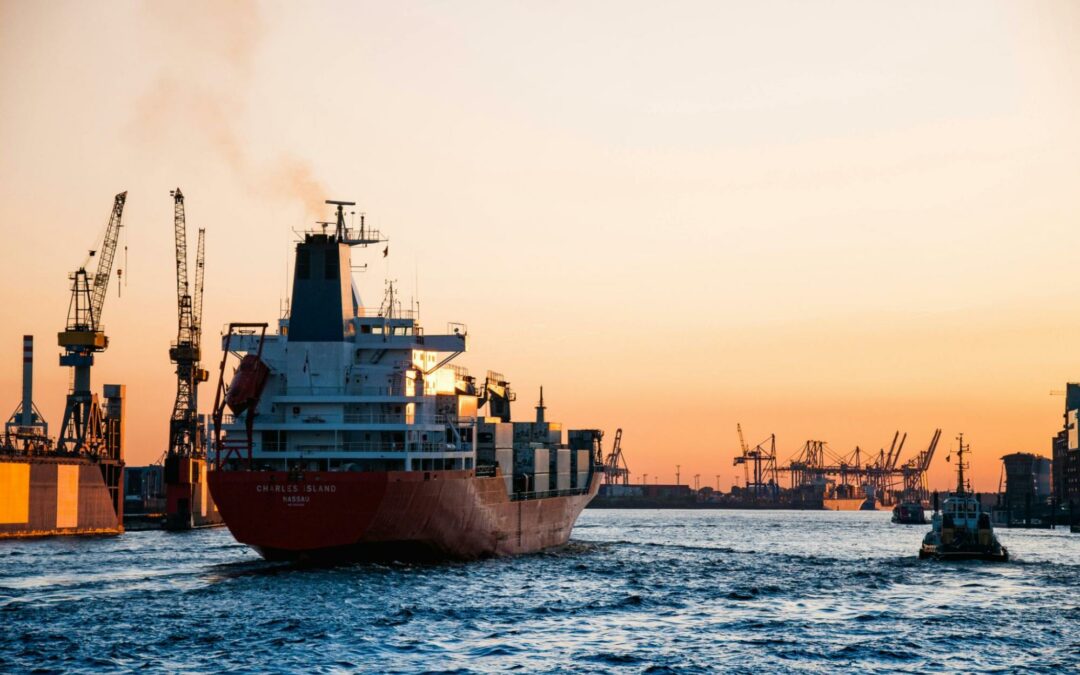The global shipping industry is responsible for almost 5 percent of the world’s greenhouse gasses (GHG) and without action that number could rise to 10-13%, according to EU research.
As countries ramp up efforts to curb emissions and combat climate change, accurate monitoring and reporting of carbon emissions in the shipping industry become essential—and even mandatory, as is the case in Europe.
In 2024, the EU enacted the previously announced “carbon accounting” system, which applies to every company that does business in Europe. The looming prospect of similar standards in the U.S. signals a significant shift in the regulatory landscape of the shipping industry as well as other industries.
As these changes take place, the prevalence of inaccurate emission data measuring poses a significant challenge to both shipping companies and consumers alike, leading to unforeseen costs and environmental consequences.
How Inaccuracies Happen
Most emissions reports are calculated using remote power sources and are based on manual inputs and hypothetical calculations, instead of measuring actual CO2 and greenhouse gas emissions. Relying on manual data collection and estimate processes introduces a significant margin for error, as human operators are susceptible to oversight, fatigue, and subjective interpretation. Furthermore, the sheer scale and complexity of the maritime industry amplify these challenges, with thousands of vessels traversing the seas daily, each requiring meticulous monitoring. Cumulatively, these factors contribute to a systemic lack of accuracy and reliability in emission data, undermining efforts to enforce regulatory compliance and achieve meaningful environmental outcomes.
The Heavy Costs of Inaccuracies
There are several ways that inaccuracies in emissions monitoring and emissions reporting can incur heavy costs on shipowners and, as a result, on their stakeholders.
- Carbon Accounting Charges: The stakeholders in companies that must buy carbon allowances and offsets are incentivized to minimize the cost. Overestimating emissions through manual calculations and hypotheticals can likewise result in unnecessarily high carbon costs, which translates to billions of dollars every year.
- Regulatory Costs: Non-compliance with emission regulations can lead to fines, penalties, and legal expenses for shipowners. Furthermore, the need for corrective actions to rectify inaccuracies adds an additional financial burden. Failure to meet regulatory standards not only incurs immediate costs but also risks damaging relationships with regulatory authorities.
- Fuel Costs: Inefficient engine performance, which is the source of emissions in the shipping industry, incurs significant fuel consumption costs. As a result, ships may continue to operate inefficiently, consuming more fuel than necessary. This not only drives up operating expenses but also exacerbates carbon emissions, contributing to environmental degradation and further fueling the cycle of inefficiency and increased costs.
- Reputational Costs: The repercussions of inaccurate emissions estimates extend beyond financial penalties, impacting the reputation and competitiveness of shipping companies. In an era where environmental sustainability is increasingly prioritized, companies found to be non-compliant or associated with inaccurate reporting risk lower their SEEMP, which is the ship’s carbon efficiency rate, and this results in remediation cost. Such reputational damage can lead to loss of business opportunities and diminished investor confidence, all of which translate into tangible competitive disadvantages and long-term financial losses.
- Environmental Costs: By underestimating or misrepresenting their emissions, companies hinder efforts to combat climate change and mitigate environmental damage. The long-term consequences of environmental degradation are immeasurable, including ecological disruptions, resource depletion, and socioeconomic instability, underscoring the urgent need for accurate emissions monitoring and reporting in the shipping industry.
The Benefits of Automated Emissions Monitoring Systems in Shipping Industry
It is paramount that shipowners have accurate measurements of the volume of their CO2, CH4 and N2O. Leveraging software as a service (SaaS) models, companies like Cyanergy can pivot from traditional hardware-based solutions to streamlined, data-driven approaches. This allows inherent flaws in hardware systems and manual calculations to be addressed, paving the way for more accurate and efficient emission monitoring. This shift not only enhances data accuracy but also reduces operational costs and enhances scalability.
By embracing technological advancements, fostering transparency, and staying ahead of regulatory trends, companies can mitigate risks and chart a course towards a greener, more prosperous future for all stakeholders involved.
About the TS Cyanergy Solution
Cyanergy’s remote monitoring system automates the emission reporting process. By monitoring the fuel and power loads, we optimize engine performance to reduce greenhouse gasses (GHG). Cyanergy’s advanced sensors and controllers track the actual engine and emission data every minute. This makes it more accurate and efficient than traditional systems which require manual input.











